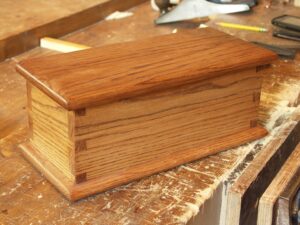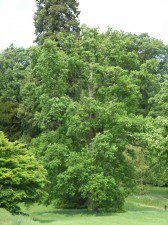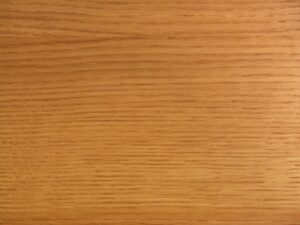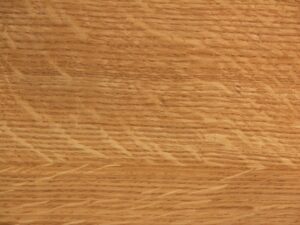Know your wood #4-Oak (red)
More on oak
I first worked with red oak in the Texas Hill Country back in 1987. At least that was the first time I knew of red oak as distinct from English oak. Whereas I love English and European oaks American red oak is not my favourite wood to work with and it’s not the prettiest, but it’s used extensively for kitchen and bathroom cabinets throughout the USA and many European countries too. Red oak is known for its hard and heavy heartwood that has substantial strength and resilience in stressful situations and though less wet resistant than white oak, red oak lasts well in both indoor and outdoor furniture.
An oak at Penrhyn Castle by the New Legacy School of Woodworking
Oaks grow to massive proportions and spread their branches widely. We take them for granted yet they are scarcely the measure of what they once were. None the less, I love to stand beneath their magnificent limbs and ponder the hand-hewn branches and stems converted to barns, ships, cathedrals and lowly pit props that undergirded the whole span of the industrial revolution and the ties that cross the empire’s railway passages around the globe. Imagine!
The pores in this end-grain view show two distinct periods of growth that form the early and latewood growth. The light band of spring launches the tree from dormancy and into the early summer when the cells are drastically reduced and the band darkens with more concentrated denseness and darker aspect of the ring.
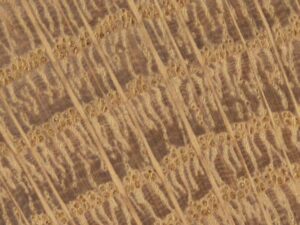
One of my red oak table designs
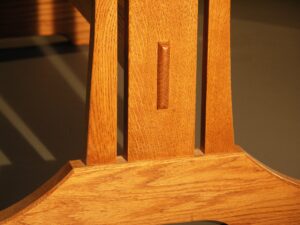
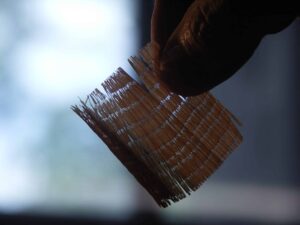
The heartwood is almost always light reddish brown with a definite pink blush that I quite like. It stains well to almost any colour with most brands of stain or dye, whether in the finish or applied independently as a colorant prior to other applied finishes.
Upper left is quartersawn oak cut to a slight tangent from perpendicular to the pith. Below right is quartersawn oak perfectly cut tangentially to the pith-cambium line.
The strong gold lines emanate from the central pith to the outer cambium and these rays are what we call medullary rays. Though this is a non-scientific term, it aptly describes the unfathomable richness of golden rays we see in all tangental faces of quartersawn oak.


